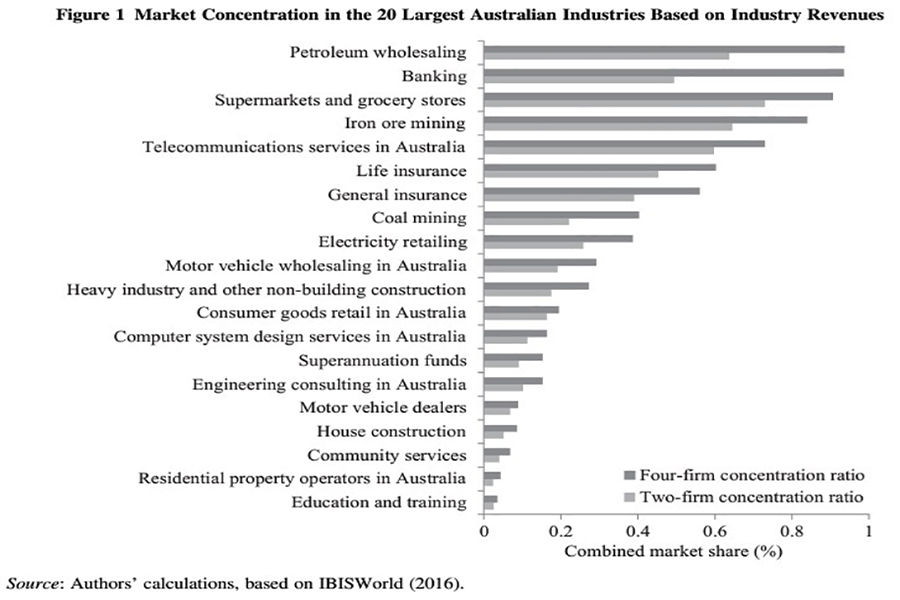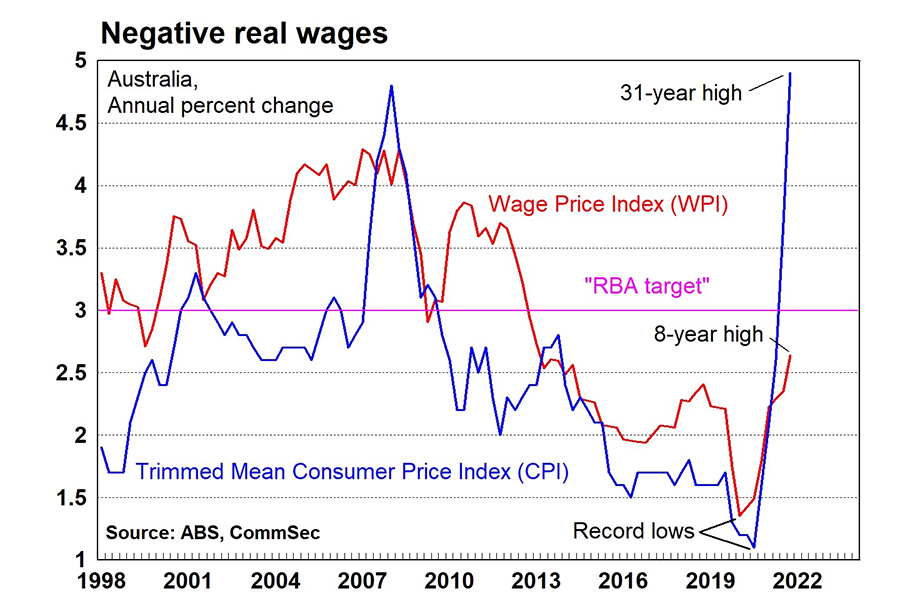Contributed by Joe Montero
The much-publicised jobs summit begins at the end of this week. A great deal is promised at this two-day talkfest of government, business, and unions. The spin is that this provides a rare opportunity for all to agree on a package that will deliver jobs and economic prosperity for the nation.
Some are comparing this to the 1983 Accord stitched up by the then new Prime Minister Bob Hawke. They say the agreement then saved Australia from the perils of the day. But what did it and the subsequent series of new Accords really deliver? It put a stop to wage rises, began a new age in the deregulation of the finance industry, corporate welfare, the corporatisation privatisation of government instrumentalities and departments, and industrial relations. The union movement was compromised and seriously weakened.

Photo by Patrick Riviere/Getty: Bob Hawke whose government introduced neoliberalism into Australia
In short, the accords brought neoliberalism to Australia, which accelerated harm to jobs and the economy. Neoliberalism eventually brought about the destruction of jobs through their replacement by casualised work and underemployment. It culminated in cutting the wages share of national income, deindustrialised the country, produced a big rise in homelessness, stepped up the victimisation and impoverishment of those on pensions and unemployment benefits, and even made the prospects for those retiring less secure.
The magic words were to deliver higher labour productivity. Higher labour productivity means increasing what labour creates each working hour, or getting one to do the work of two, three, or more.
All this contributed to a less stable economy, where run away finance, speculative bubbles, the dismantling of manufacturing, falling investment, and a shrinking domestic market increasingly became the order of the day.
Australia is in real trouble if the coming jobs summit delivers more the same.
Like in 1983, there are those who are pushing that wage rises must be held down to prevent inflation. Then, and especially now, this assertion rests on the false argument that increasing wages causes decreasing in investment, since the return to investors decreases proportionally. In the real world, the major investors make their decisions on broader and often global considerations, and corporate decisions based on achieving market expansion and control as the priorities.
Neoliberalism has helped to concentrate the ownership of a larger part of the economy in fewer hands, and it has done this at the cost of everyone else, workers, small businesses, and those dependent on social security payments.
The chart below shows a high level of monopoly in the Australian economy in 2016. This has continued to move in the same direction.

Consider some current statistics. Since 2004 labour productivity turned form the post-Accord rise of an average of 2.1 percent per year has fallen to 1 percent since, according to the Treasury paper produced for the summit. But this is not the real problem. The main factor behind changing rates of productivity is the pattern of investment in capital. This is investment in new technology and methods. The early period of rising productivity was fuelled by the shift from manual systems to the use of computerisation and robot technology. This is no longer the driving force that it was.
Private business investment in plant and machinery averaged 6.7 percent of gross domestic product between 1989 and 2004 but fell to 5.1 percent after 2004.
There is a potential to harness new green technologies to do the same thing. But this is not being talked about. At least there is talk of paying more attention to education and training. This could be tied to working towards embracing new technologies and methods.
A great deal is being made about job creation and a big fall in unemployment since the end of the Covid lockdown. Much of this is a myth. Most of it is accounted for by the fall in the use of overseas labour and concentrated in industries tied to it. A secondary part is a skills shortage in some areas caused by prior cuts in training.
And government provided statistics grossly underestimate the extent of unemployment and underemployment. The underlying reality is what explains the failure of wages to rise under this supposed labour shortage. The said unemployment is supposed to be 3.4 percent and wages have only risen by 2.6 percent, and this was mainly imposed by the decision of the last minimum age case and not by demand and supply.
The evidence is that real wages, that is the purchasing power of the money wage, has been falling and is continuing to fall.

Focus must be on creating new real, full-time, and secure jobs.
More than anything else, progress depends on how the benefit generated is shared. Handing it all to investors will not generate change towards a better economy. If it were going to, it would have done so already. Investment is going south instead. There is good reason to suggest that the opposite would be more effective. Investment to where it is need could be encouraged and discouraged form going where it is harmful through adequate regulation. This can be supported through government monetary, fiscal action, and public investment in the economy. It could be financed by a crackdown on the top end tax avoidance industry, which amounts to at least $3.5 billion last year, and a lot more according to indications in information from the Panama Papers released by WikiLeaks released in 2016 and the Paradise Papers released last year.
There still remains the matter of sharing the benefit. This is the best way to generate the best response and participation from the community. If people feel justice is being delivered, they will be more enthusiastic, innovative, and hard working. Only this can be the driving force to turn Australia around.
This extends to increasing social security payments to induce further participation. With about a million officially out of work and big numbers on a variety of pensions, their capacity to engage in the economy is limited. Turning this around would bring a considerable stimulus for the economic improvement of Australia.
The Australian Council of Social Service (ACOSS), has called for the increase of JobSeeker form $46 a day to $70 a day. This should be taken as an absolute minimum. The Living Incomes for Everyone campaign is calling for an $82 a day rise.
The jobs summit must accept this if it is going to have a chance of meaning anything.
Part of it is the replacement of the current and one-sided industrial relations system, with one that defends the right of workers to join and be protected by unions, which gives them a real voice, and raises their role in the workplace, as well as delivering reward for effort and adequate working conditions.
Whether one likes the jobs summit or not it is a reality before us, and there is every reason why the opportunity to add to the discussion should be taken advantage of.


Be the first to comment on "What will the jobs summit deliver?"